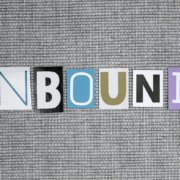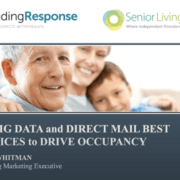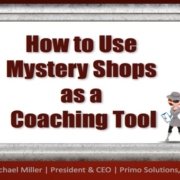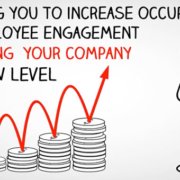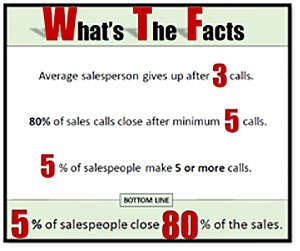Want to boost your senior living marketing BIG time? Think video testimonials!
You already know that people are more likely to believe statements made by current residents and families rather than slick marketing copy saying how fabulous your community. This is why review sites have so much sway, after all.
But what’s more compelling than written reviews? When people talk on video about your community. Why? Well, hearing a real person’s voice makes an emotional connection. In fact, according to this report on testimonials,”42% of people say testimonial videos are effective because they showcase an actual person and help the viewer understand their story.”
Testimonial Videos for the Win!
As you consider your senior living marketing strategy, make sure testimonial videos are a part of the mix. By taking a few extra steps, your residents and their families can tell prospects why they selected your community and why it’s so special.
Testimonial Video Production: Casual or Professional?
You can choose to have videos professionally shot. Or you can use a smartphone (or a mix between the two). Today’s phones make editing super easy (and you can often add captions and calls-to-action). A nice mix of “candid” videos and pro videos is a good overall strategy. (Because people respond well to videos they deem authentic…we can all tell if a video is too slick.)
Testimonial Video Production: How Long is Too Long?
Think short. And be mindful of how you title the videos. In our experience, people will not watch a 5- to 10-minute video. However, they will watch five short videos, especially if they have descriptive titles that accurately explain what people are in for.
Of course, simply having video testimonials isn’t enough. You need to use them wisely.
Use Video Testimonials to Bolster your Overall Senior Living Marketing Strategy.
Check out these tips and real-life examples. Note: you can watch these video testimonials here. Below, we’re providing written excerpts.
1. Email a testimonial video to a family before they come in for a tour.
Make sure the video has quotes, not just compliments. A compliment would sound like this: “The community is friendly.” A quote is a specific statement sharing a unique way you made them feel welcomed.
Here’s a great example from The Kensington of White Plains:
“Ever since she’s moved in she’s improved. She has multiple things wrong with her. She had the stroke. She has diabetes. She has heart disease. And through all their care, everything has been stabilized and she’s probably the healthiest she’s been in quite a few years. She’s lost weight. She does a lot of physical therapy. She participates with the exercise and all the different activities they have there. And she’s having a really great time. I believe her mind has gotten better. Her physical body has definitely gotten better. And her attitude has definitely gotten better as well.”
Bonus: Putting videos in emails can go a long way in helping engage with people. In fact, according to Uscreen, including the word “video” in an email subject line was shown to increase open rates by 19%. Click-throughs jumped an astonishing 65%.
2. Use testimonials for creative follow-up.
It’s best if each video is short and tells specifically why families chose your community. In addition, ask people to focus on sharing specifics and their emotions.
Here’s a great one we gathered for The Kensington:
“You should have your parent go to The Kensington because they will treat your parents with the utmost respect and dignity and they will also become better than they could by themselves. We’ve been able to have a better relationship overall just sitting, chatting, having lunch, having dinner, just going to visit. It’s a place where even my kids can come and feel comfortable. The people there go way above and beyond to really take care of her and keep her healthy. The physical therapists there are spectacular. Nurses just take care of her like she was their mother and it’s very, very sweet. They’ll do anything for her.”
3. Overcome objections (and share far and wide on social media).
What objections are you getting? Create videos for each objection. Again, the videos should be short (1 to 2 minutes long) and have quotes from a few different people. That way you can tailor which videos to email to prospective families.
For example, a common objection is that the prospective resident is a picky eater or requires a special diet and they won’t like the food at the community.
Check out this great testimonial from The Kensington and how it overcomes an objection.
“Oh, the food is amazing. Norm, who’s in charge of the dining room, does a great job. He listens to the residents whenever they have any comments. He’s always walking around making sure that everybody’s okay. There are multiple options for whether you’re a vegetarian or a meat eater or anywhere in between and even some cultural dishes as well. Everything is done very carefully and with care and with good, fresh ingredients.”
Don’t forget to share your videos on social media! Videos are great for Facebook and Instagram. In fact, consider playing around with Facebook Live. Finally, make sure you embed the best videos on key areas of your site. For example, the home page, blog posts, pages of about resident life, and contact pages.
Need help creating and sharing video testimonials? That’s what we’re here for!
We’re not simply a marketing agency. We’re a senior living marketing agency. We’ve worked in the industry for decades, so we understand what resonates with prospects. Let us help you redefine your marketing. Get in touch!


